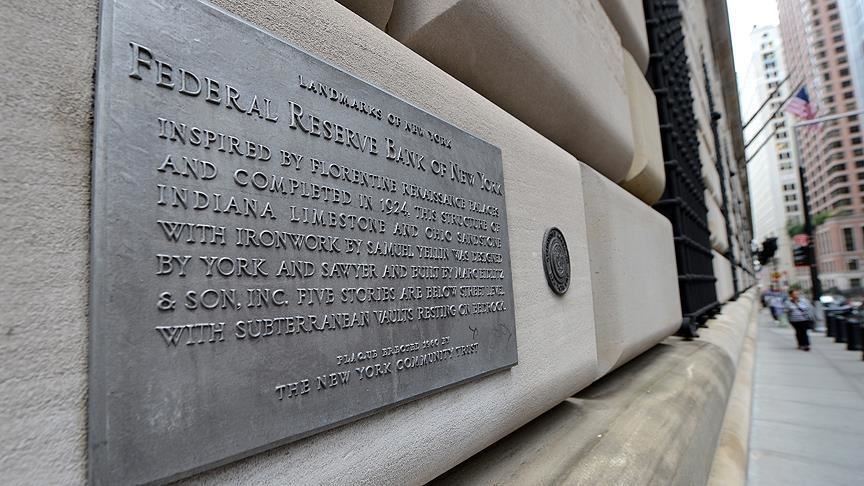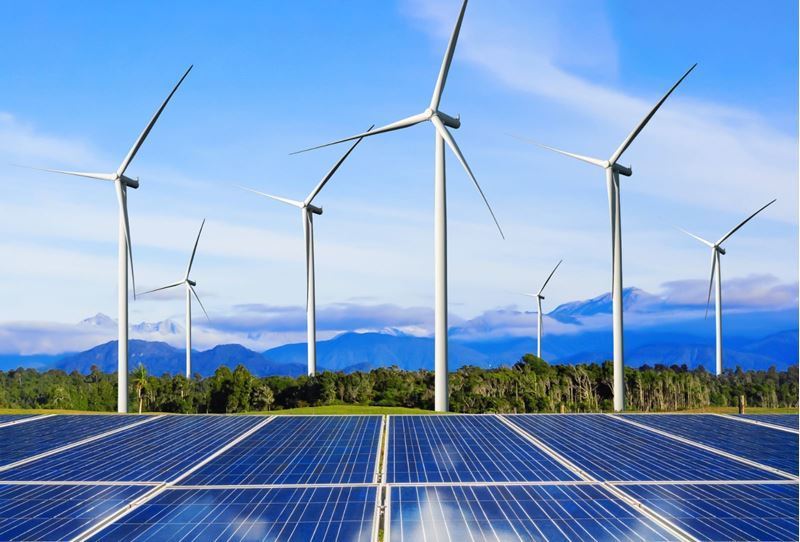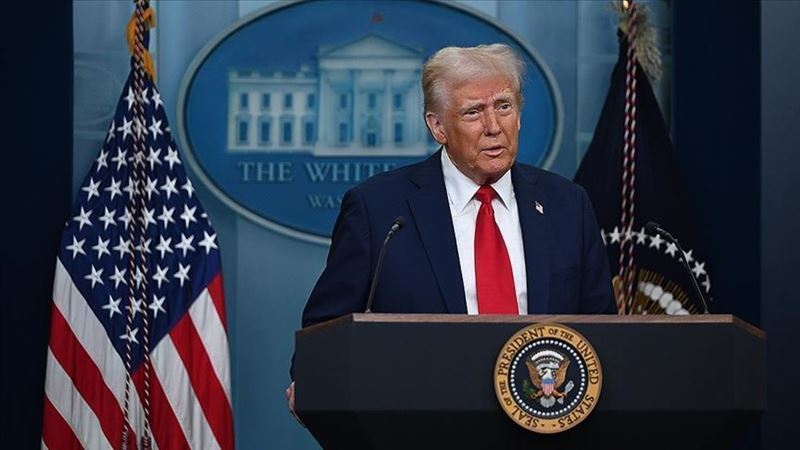In the statement made by the Fed, it was stated that the decision to increase the interest rate was taken unanimously.
Emphasizing that the Federal Open Market Committee (FOMC) aims to achieve maximum employment and 2 percent inflation in the long term, it was reported that it was decided to increase the federal funds rate to the range of 3.00-3.25 percent to support these targets.
The general expectation of the markets was that the Fed would increase the policy rate by 75 basis points in the third month after 2 months. In the markets, the expectation of the Fed's policy rate increase by 100 basis points for the first time since the 1980s remained at 20 percent.
In the Fed's statement, it was noteworthy that the direction that it would be appropriate to continue the rate hikes in the next month's meetings was reused.
In the Fed's projections for economic data, the average interest rate expectation of bank officials for the end of 2022 was recorded as 4.4 percent, while it was expressed as 4.6 percent for the end of 2023.
The Fed started to change its monetary policy tone in the last quarter of 2021, with the pressure of high inflation following the rapid economic recovery after the Kovid-19 outbreak.
The bank started to increase interest rates by completing its asset purchase operation in March.
While the Fed decided to increase interest rates for the first time since 2018, with an increase of 25 basis points, at its March meeting, it realized the fastest rate hike since 2000 with 50 basis points at the May meeting.
The Fed, which made the strongest rate hike since 1994 with 75 basis points at its June meeting, increased the interest rate at the same rate at its July meeting.
Inflation, which continued its upward trend as the Russia-Ukraine war and the quarantine measures taken against the Kovid-19 epidemic in China increased the problems in the supply chain, further intensified the pressure on the Fed.
Inflation in the USA followed a course above the expectations, despite reaching its highest level since November 1981 with 9.1 percent in June, falling to 8.5 percent in July and 8.3 percent in August.
After the two-day Federal Open Market Committee (FOMC) Meeting, the Fed said in a statement that the latest indicators point to a moderate growth in overall economic activity.
In the statement, it was stated that employment gains have been strong in recent months and the unemployment rate remains low.
Noting that inflation remains high, reflecting supply and demand imbalances related to the epidemic, rising energy prices and wider price pressures, Russia's attack on Ukraine has caused enormous humanitarian and economic difficulties.
In the statement, it was pointed out that the war and related events put an additional upward pressure on inflation and put pressure on global economic activity.
In the Fed's statement, it was underlined that the committee was very "attentive" to inflation risks.
In the statement, it was stated that in addition to the 75 basis point interest rate increase, the Committee will continue to reduce its Treasury bonds and mortgage-backed securities in line with the balance sheet reduction plan announced in May.
It was reiterated that the committee would continue to monitor the effects of the information on the economic outlook while evaluating the appropriate stance of monetary policy.
In the statement, it was noted that the Committee will be ready to adjust the stance of the monetary policy appropriately if risks arise that may prevent the Committee from achieving its targets.
Inflation forecast rose, growth expectations fell sharply
Announcing its forecasts for the economy, the Fed raised its inflation forecast for this year, while lowering its growth expectations.
According to the Fed's forecasts, the forecast for inflation (PCE inflation) for this year was raised to 5.4 percent from 5.2 percent. Inflation forecasts were increased from 2.6 percent to 3.1 percent for 2023 and to 2.2 percent from 2.3 percent for 2024.
PCE inflation expectation, which is the inflation indicator followed by the Fed, increased from 5.2 percent to 5.4 percent for 2022, from 2.6 percent to 2.8 percent for 2023 and from 2.2 percent to 2024. It has been increased to 2.3.
Forecasts for core inflation, which excludes variable energy and food prices, were also increased from 4.3 percent to 4.5 percent for this year, from 2.7 percent to 3.1 percent for 2023, and fixed at 2.3 percent for 2024. left.
The growth forecast of the US economy for this year was revised sharply, from 1.7 percent to 0.2 percent. The growth forecast of the country's economy for 2023 was also reduced from 1.7 percent to 1.2 percent, and the expectation for 2024 was reduced from 1.9 percent to 1.7 percent. The long-term growth expectation for the US economy was maintained at 1.8 percent.
Forecasts for the unemployment rate also rose from 3.7 percent to 3.8 percent this year, from 3.9 percent to 4.4 percent for 2023, and from 4.1 percent to 4.4 percent for 2024. raised.
The median expectation for the funding rate was raised from 3.4 percent to 4.4 percent for 2022, from 3.8 percent to 4.6 percent for 2023, and from 3.4 percent to 3.9 percent for 2024. . The long-term average interest rate expectation was left unchanged at 2.5 percent.
The US economy, which recovered from the Kovid-19 crisis, showed the strongest growth since 1984 with 5.7 percent last year.
On the other hand, as central banks around the world take action to combat inflation, the Bank of England is expected to raise interest rates again on Thursday.
Monetary policy makers are faced with the dilemma that a too weak response could keep inflation high, while a too harsh stance to inflation could trigger a recession.











Comments
No comment yet.